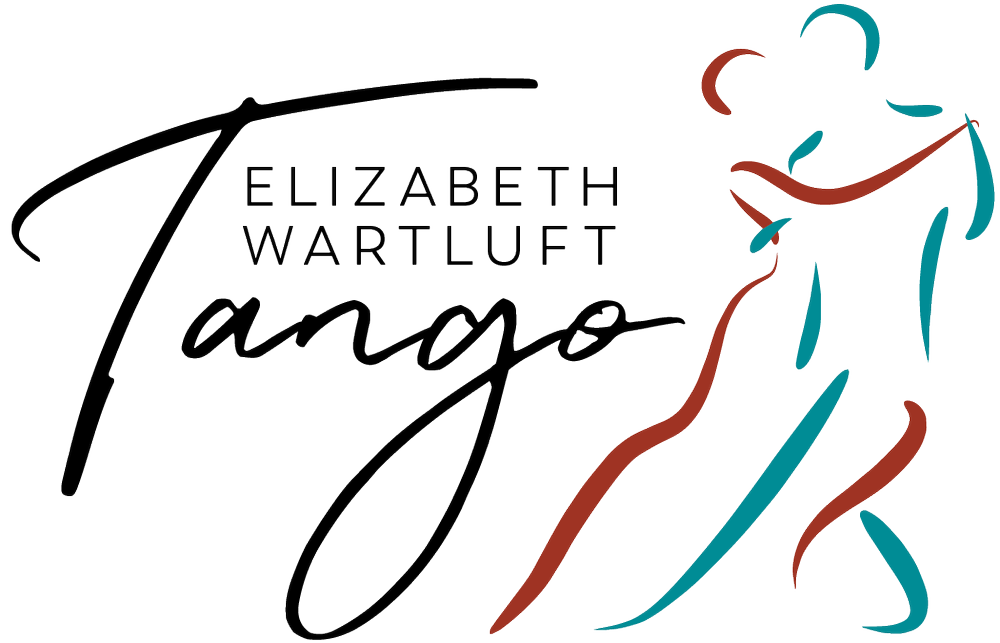How folk tradition is passed down
In a folk tradition, moves are handed down from person to person. Each person has their own style, whether it’s from their town, neighborhood, or personal choice. When you attempt to teach that in a dance studio environment, everyone wants you to give a black and white answer to a question. What is the “exact right way” to do this move?
If you honor the folk (rural or urban) tradition, you need to show the nuances of unique styles and discuss how they align or disagree with each other. Most teachers from the folk tradition just show stuff and expect you to figure it out. That’s how THEY did it! People didn’t go to dance classes to learn movement: they learned it from friends, family, or by watching good dancers. New dancers did not learn how their bodies work, but rather tried to visually imitate what they saw.
I love learning historical and folk dance forms. I spend my tango money taking lessons to study how the old milongueros danced, both their moves and their styling. I enjoy how different each dancer’s style was from his friends. My second M.A. is in cultural anthropology, and I feel it is especially important to understand the cultural background of tango (or any other movement form) and to teach that information along with dance steps.
From tradition to the dance
My teacher, Jose, is a walking repository of this tradition, able to dance in many styles and gifted in his ability to FEEL like some of the old milongueros I remember dancing with 25 years ago in Buenos Aires. This is why I bring him to Portland each year. He is a dancing archive!
However, he is also extremely flexible. He has amazing natural turnout at his hips. The way his body is built, he can easily create shapes that tax other people’s bodies. Here is where we diverge. I only realized this after teaching him yoga. We gaped at how he could easily move in an asana where everyone else struggled. I finally had my answer as to why he advocated huge amounts of hip turnout to create moves!
However, I found myself in a difficult position: trying to explain to my teacher why I was teaching a move differently than he does. I agree with his description of the moves. I agree with his historical tracing from someone’s styling to present-day tango. Despite all of that, I could not in good faith teach my students to do what he was demonstrating. Why?
From the body to the dance
As someone who holds an M.A. in dance research and pedagogy as well as certification in yoga teaching, I teach from the body to the step. For me, learning proprioception and learning to protect your body from injury in daily life is paramount. That means that, no matter how tango has been taught, we need to find ways to dance it that are based on our own body structure.
I apply body knowledge to tango and build the moves from there. If a famous milonguero always stood in a T formation, with one foot at an angle and behind the other one; and not with heels together (V), we look at the goal achieved by that movement choice. Instead of just telling people WHAT to do, I try to explain WHY something works best for most people. For example, I ask dancers to explore how much turnout THEY have in each hip joint. If the knee is being pulled off a stable hinge joint position, that amount of turnout is too much for your body. If you want to dance and walk with ease throughout your life, you cannot afford to do a move just because “it’s always been done like that.”
When you take a class from a teacher, make sure that you understand the WHY of a movement. If something feels uncomfortable on your body, look at your setup and pay attention to how it feels. A good teacher can explain why and problem-solve for your body. If it’s just a question of “I haven’t tried the move that way before” and the sticking point is in your head, then use the opportunity as an anti-Alzheimer’s moment; if the sticking point is your hip joint, you should modify the move!
